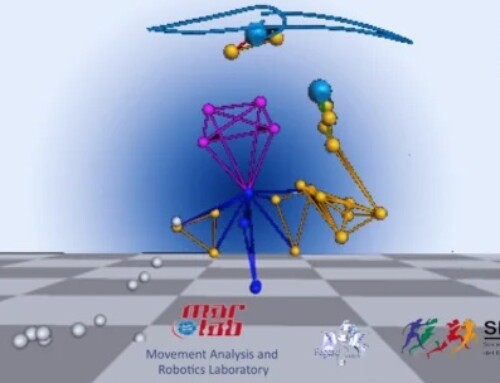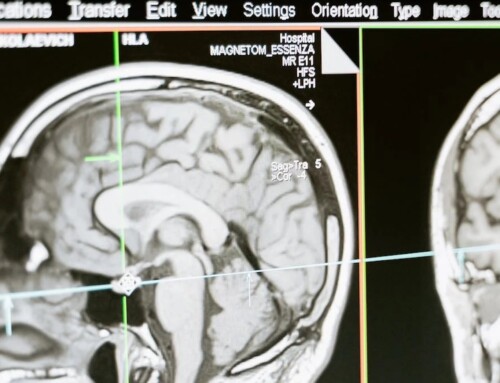Equinus and physical therapy
Equinus foot deviation is the most common deformity following a stroke. It affects patients’ quality of life and ability to walk safely, increasing risk of fall and reducing social participation.
Among interventions, physical therapy has been suggested to correct the deformity in those patients.

Scoping review on physical therapy treatments
We recently published a scoping review on all physical therapy programs, mapping their characteristics. Physical therapy involves many types of approaches, each of them addressing specific structures. Congrats to the first author Isabella Campanini !
Stretching, shock waves, ultrasound, and dry needling mainly affect peripheral phenomena, such as increased muscle stiffness, viscosity and contracture. TENS, vibrations, electrical stimulation, and cryotherapy mostly address central motor control mechanisms. Active exercise has also been suggested to improve equinus foot deformity.
We collected study results, highlighting a general improvement in equinus and spasticity, especially after shock waves, dry needling, and electrical stimulation.
Further studies
According to the aims of the scoping review framework, we provided suggestions for future studies to be conducted.
- Dosage characteristics must be clarified, since remarkable heterogeneity was found.
- The use of correct terminology on the “spasticity topic” will be key to share vocabulary among researchers and clinicians and conduct more specific studies.
- The combination of measures of impairment and function, together with instrumental precise measures, will provide clear understanding of patients’ conditions.
- New studies on equinus foot deformity in acute phase are needed, since little is known about the first stages after stroke.
In our scoping review, clinicians and researchers can find an easy-to-consult summary that can support their daily activities.

In our clinical practice, we often meet many stroke patients with equinus foot deformity. Among years, we developed an in-depth understanding of the underlying causes of equinus and help physical therapists or clinicians in managing them with the most appropriate strategies.
During our everyday work, we regularly use the EMG Easy Report software developed by MerloBioEngineering that helps us saving time and investigate specific features of the EMG signal from the triceps surae.
Contact us if you are interested in discovering our tailored software and all its making.






